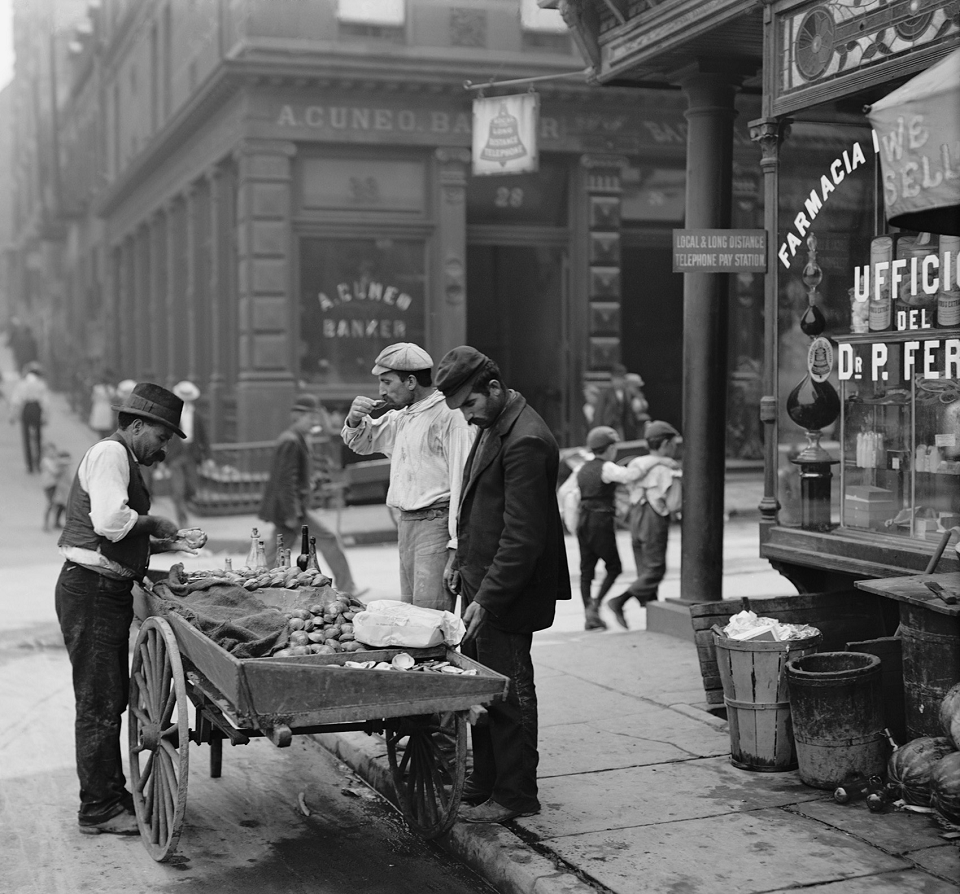FOOD IN 20TH CENTURY BRITAIN
In the 1900s, food was excessively expensive. The most common food in meals was potato. In 1914, an ordinary working class family used to spend almost 60% of their income on food in Britain. By 1937 food was cheaper and they only spent about 35% of their income on food.
Moreover, sweets were a luxury in 1914. They became much more common in the 1920s and 1930s.
There was limited access to food especially during World War II. People used to have difficulty to get butter, sugar, bacon, ham and tea. Instead of real eggs, many people had to import 'dried eggs' from the USA.
In the late 20th century, when the use of fridges and ovens became more common, people’s diet changed for good. It also became more varied. Chinese and Indian takeaways and restaurants became common in the 1980s, as well as hamburger and pizza chains.
Several new foods were invented in the 20th century. Fish fingers went on sale in 1955. Many new kinds of sweets were introduced including Milky Way (1923), Crunchie (1929), Snickers (1930), Mars Bar (1932), Aero and Kit Kat (1935), Maltesers, etc.
At the end of the 20th century the first genetically modified foods were introduced. Today scientists are developing soya beans that can help prevent heart attacks and tomatoes that can help to prevent cancer and they are also developing rice that can resist drought and needs fewer nutrients
Adapted from the A World History Encyclopaedia website

